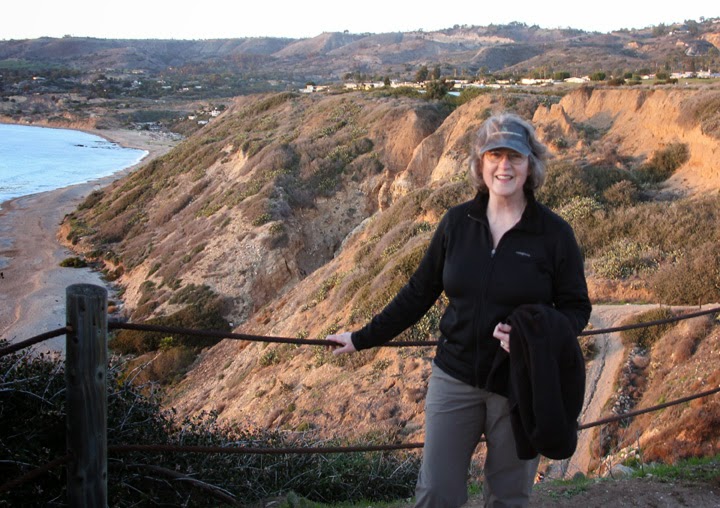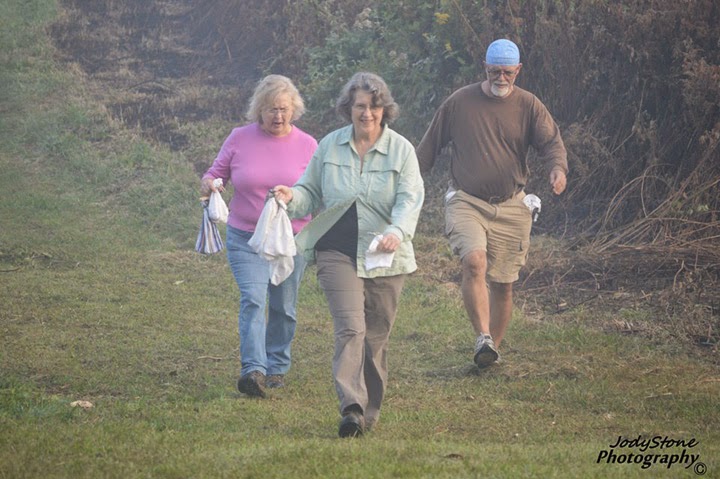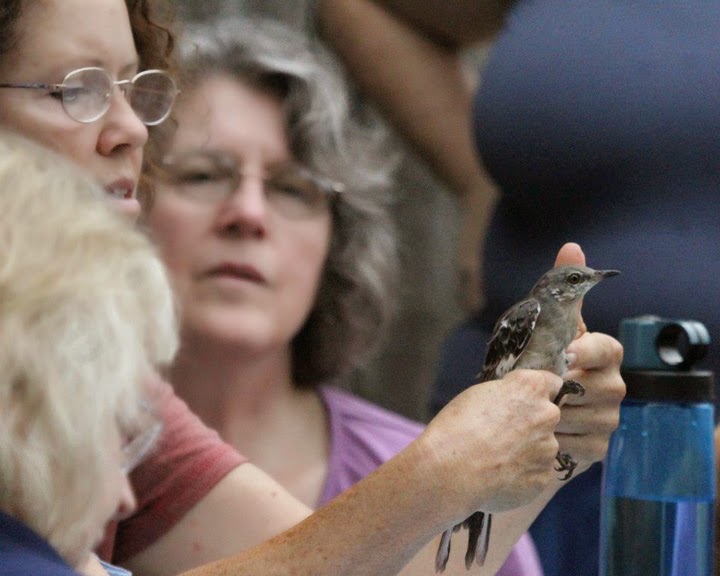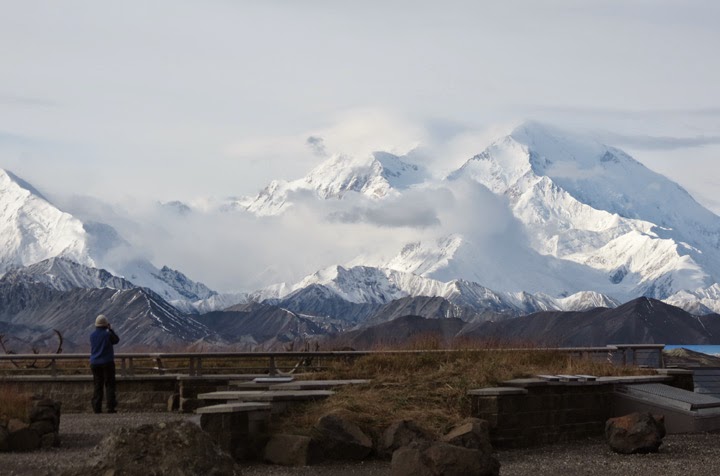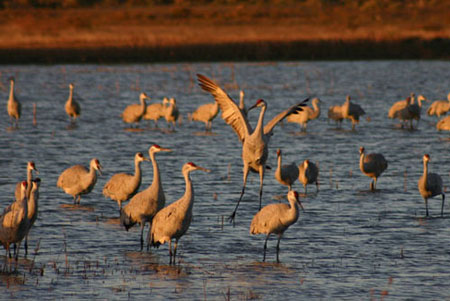The earth is stunningly beautiful and the state of California possesses a wealth of breath-taking coastal areas.
Our first destination at the seashore--the light house.
Lighthouse Rock Murre colony.
Common Murre are seabirds that weigh about two pounds, are about the size of a football and spend most of their life on the water. During the nesting season, from April to July, they gather in crowded colonies on rock surfaces to nest. Their eggs are varied in colors and spots and are uniquely shaped with one end more pointed so that a disturbed egg rolls in a tight circle. About 16,000 murres nest here on Lighthouse Rock.
As we observed the murres, we caught a glimpse of gray wings disappearing behind a boulder just as the park ranger arrived to open the gate to the stairs that lead to the lighthouse. Talissa asked if there were falcons in the area. He answered, "yes", and walked closer to the fence on the other side of the bolder, motioning for us to join him.. "Look right down there."
Not one, but a PAIR of Peregrine Falcons were perched on the rocks below! A breathless view.
One of the pair flew before I could get an image of them together but this beautiful peregrine remained for a while. See if you can locate her in the image below after I zoomed out to show the surrounding habitat. (she is on a boulder on the left half of the image)Zooming brings her closer, below.
and cropping, even closer.
Below, she assumes a pre-flight position just prior to lifting off and disappearing behind the cliffs to my right. Peregrines nest on cliff ledges and lay their eggs on simple rock scrapes, usually under a protective overhang. This was a breath-taking look at these resident falcons and their habitat with all the characteristics needed to sustain their life cycle.
Her departure was actually a good thing. We had a lot to see on our visit to the seashore and I'm not sure I would have left this spot with the opportunity to observe this falcon still possible! "Peregrine Falcon" -- watercolor by Vickie Henderson
Next: The light house and a pair of Rock Wrens!
My website: Vickie Henderson Art
Painting a Peregrine at Vickie's Sketchbook
A Day in the Life of a Murre Biologist
Point Reyes Light House history
Point Reyes National Seashore



















































